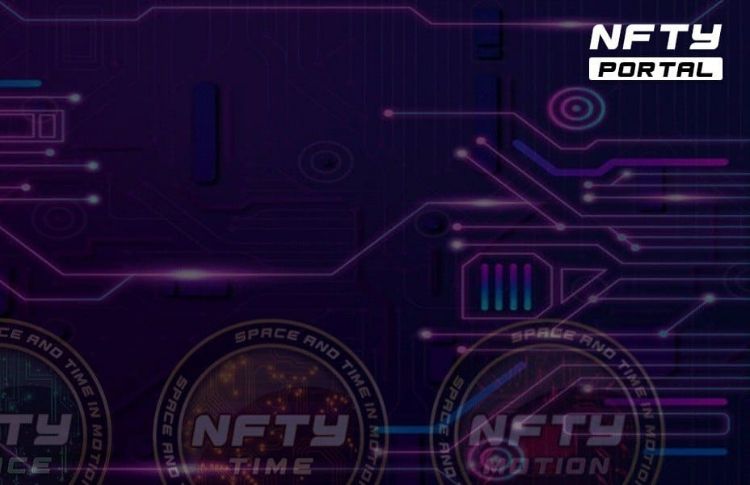The team at NFTY Portal has worked endlessly to ensure a smooth user experience. NFTY Portal, a new Style DEX that facilitates the trading of NFTs, coins, and tokens in a single place, has discovered a significant inefficiency in the Altcoin network codebase.
Following the routine changes and updates, a developer in the NFTY Portal team discovered a bug that most Altcoins usually ignore following the typical “Hashrate is Safety” approach, leaving the project vulnerable to many recent attacks.
Jump Ahead To:
What is the problem?
While implementing the security upgrade to the network codebase, our developer found a few glaring issues usually ignored by altcoins. To develop a smart chain and improve security, most projects add security layers over security layers. In the traditional sense, this smart chain should be capable of making informed decisions depending on the network’s health and trusted nodes.
The smart chain listens to the trusted nodes while making a decision and compares it to the peer’s chatter. Using this information, the smart chain makes intelligent decisions when syncing, accepting blocks, or handling possible forks from the mainnet chain more smoothly than initiating a resync manually.
The current Bitcoin network handles the validation and security of blocks by asking for a section of blocks from a peer. Once the wallet receives the section of blocks, it loops through and processes all blocks and accepts them one by one into the database by writing them on the hard drive. The problem arises when a peer tries to push a malicious block that is not verified by other sources.
While there is nothing wrong with this process, it does not stop external blocks manipulation or hash rate attacks. Luckily, after countless hours, the NFTY Portal team has discovered the solution to these problems using demi nodes.
What are Demi Nodes?
Demi nodes are a list of trusted nodes that the user can pre-define inside the wallet. These nodes help the wallet make an even more accurate decision about trusting a peer in the network. These nodes can be queried for specific data, such as setting parameters on recognizing requests from another peer to see if these requests should be accepted or banned.
This method helps in creating a self-cleaning network that can potentially heal itself from any attack. When accepting a new block, Demi nodes reorganize requests to create an entirely new chain periodically to keep peers all on the same chain. This process also restricts the merging of different chains before due diligence.
The Demi node network is the ideal solution for this problem and will ultimately replace the original network entirely during the next phase of flash sync. Once the testing and stability is confirmed, NFTY can confidently move to NFT and Token functionality, including smart contracts using the Fractal platform.
Conclusion
The combination of the Velocity and VRX security system plus the DemiNodes and Flash Sync process will help improve the security and performance of a wallet considerably, making the NFTY network the safest and greenest product on the market.

